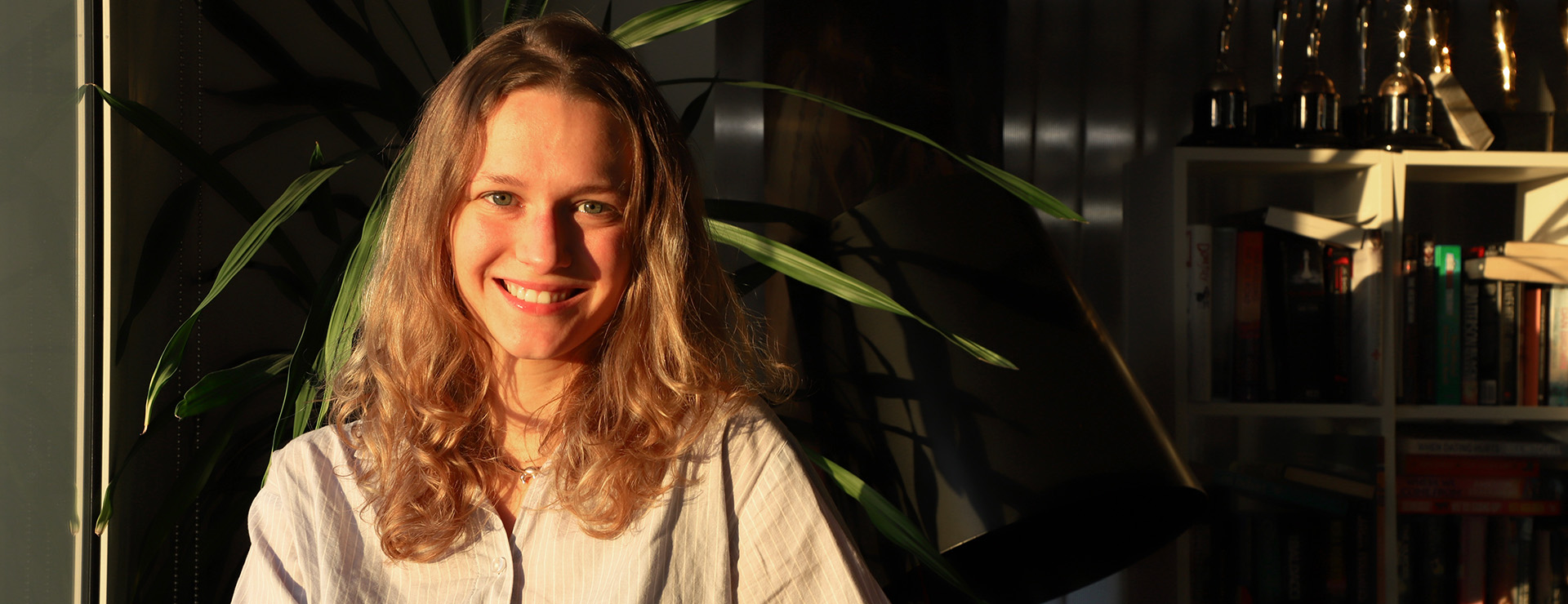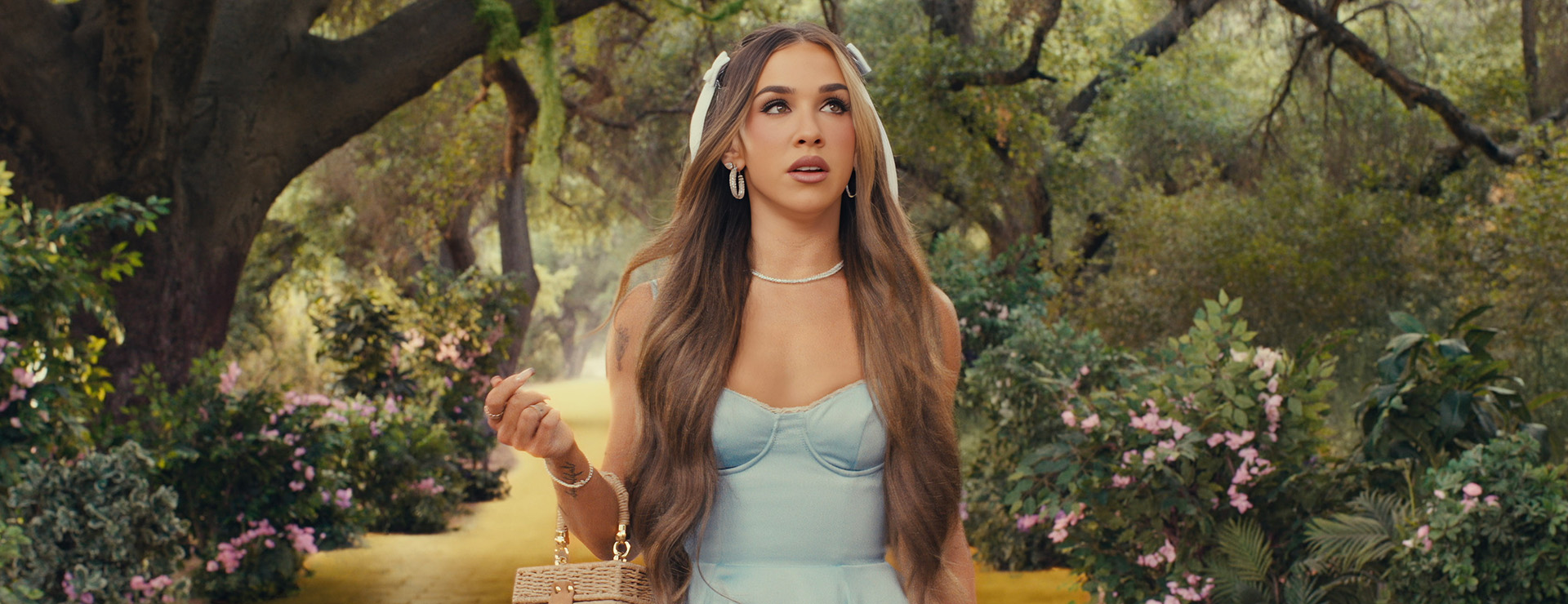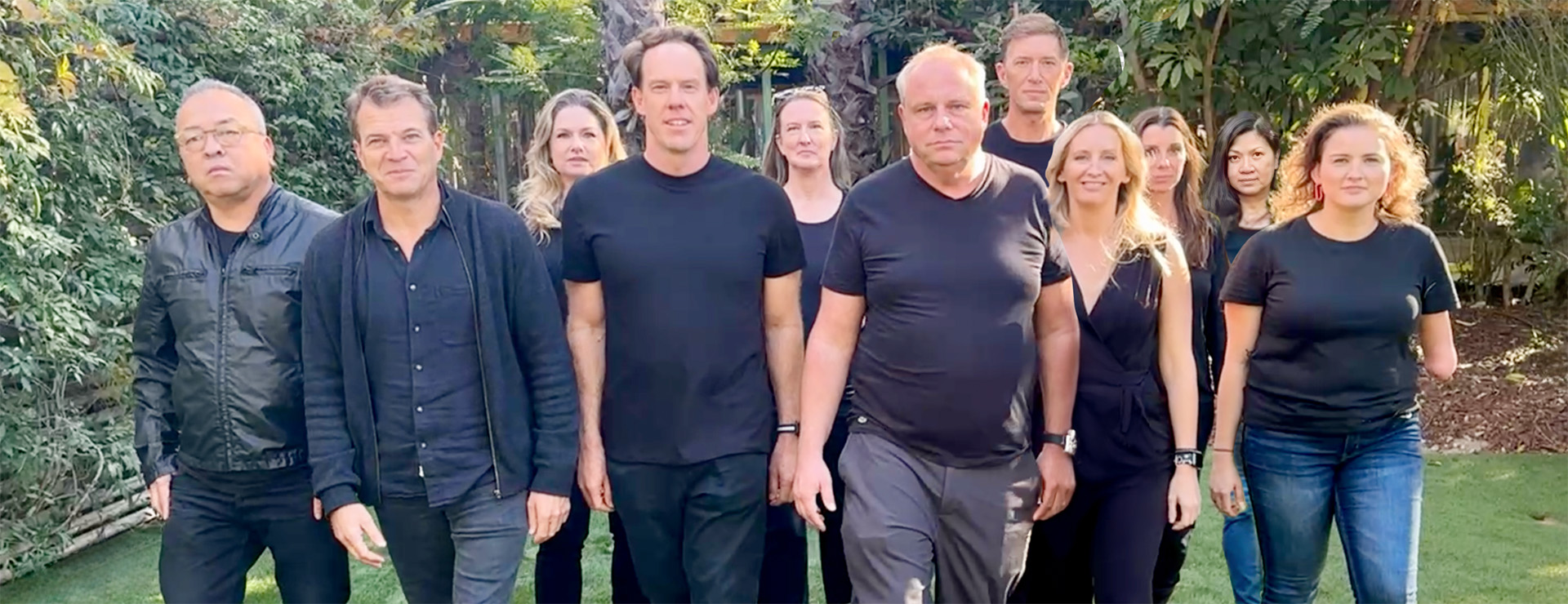Last summer, as many of the world’s finest athletes prepared to sprint, flip and fly into history, Paris-based creative agency Gédéon was finishing up its own five-year journey to the Olympics after its work premiered in the Games’ opening ceremony.
The agency designed a lighted barge carrying 60 dancers all moving in perfect rhythm as they floated down the Seine. Gédéon also produced 35 films, multiple campaigns, the animated identity of Team France and the overall look and feel of the Games. And while Gédéon spoke with the Paris 2024 teams nearly every day for those five years preceding the Games, it’s really the agency’s 40-year history that allowed it to take on such a massive project.
Gédéon President and Owner Emmanuelle Lacaze will join GEMA in San Sebastián, Spain 21-22 May to share that journey with attendees as well as celebrate their wins at the accompanying 2025 GEMA Awards Europe TV/Streaming. In the meantime, she took a little time to respond to Spotlight’s questions via email. Her answers are below:
Spotlight: Gédéon has won many awards over the years that I have been covering this industry and is currently up for several more, including GEMA’s Europe Agency of the Year, an award that Gédéon won in 2020 when GEMA was Promax.
I have always found Gédéon’s work to be kind of genius in its visual simplicity, if that makes sense. What would you say is Gédéon’s secret for success? What is it about Gédéon and how you and your team think about broadcast design that makes it stand out from the crowd?
Emmanuelle Lacaze: Waouh! That’s a question! I’m not sure there is a secret. The only thing I’m sure of is that enthusiasm and passion for projects is key to the way we work. I’m lucky to work with a team and talents who are never jaded and always manage to dive into work with the same drive and the ability to start from scratch – or almost. I’d be lying if I said we don’t rely on our experience, but the mindset with which we approach projects is always driven by a desire to reinvent and innovate, to question conventions and formulas, to give meaning to the signs we create, and to try to understand the audience’s expectations.
Spotlight: I don’t want to get into this too much because you are going to talk about it in San Sebastian but just tell us briefly about the work that Gédéon did for the Paris Olympics. My understanding is that your work on this started five years ahead of the event and then Gédéon was involved both in the overall graphics package for Paris 2024 and in the opening ceremonies, is that correct? What was your thinking that led you to the overall look, which was very geometrical and had interesting choices of palettes?
Yes, it was five years of hard work and an incredible creative and human adventure, working almost daily with the Paris 2024 teams.
From the unveiling of the emblem to the opening ceremony — 30 meters of dance floor, 60 dancers, 14 minutes of perfectly synchronized motion design, and many other assets — to the production of 35 films, multiple mascot-led campaigns, the animated identity of Team France, and the overall look and feel of the Games brought to life in stadiums and on screens, we were incredibly lucky to be “part of the game.”
Regarding the overall look of the Games, we started from the work done by the Paris 2024 creative teams and agency W. The design system they created—based on shapes and colors—was highly innovative, as it didn’t primarily reference sports, but rather the architecture of Paris and major French cities. The color palette was also very different from the “regular” codes of sport and conceived to blend harmoniously into the urban landscape. Our role was to bring this graphic system to life by imagining all the possible ways these shapes and colors could be animated.
Indeed, ten years after London, the role of screens in our daily lives has grown dramatically. The look of the Games needed to be able to come alive – animated on stadium screens, on social media or on the app’s splash page. So we imagined how these forms could interact and coexist to transcend language and cultural barriers, speak to everyone and infuse this identity with even more meaning and emotion through motion design.
Spotlight: How would you say entertainment marketing is changing in France and in Europe, especially with the dramatic rise of streaming? How has that impacted how you work and with whom you work?
Lacaze: This shift toward streaming pushes media and program brands to be even more visible and recognizable. They therefore need impactful and effective visual and sonic identities, as well as relevant communication tools. And it's our job to deliver on that.
Our mission has remained the same: to provide brands the strategic and creative solutions to stand out and help them become market leaders. Naturally, this evolution requires us to adapt to changing consumption habits and to find graphic and communication solutions that fit. We have to think more globally and in a 360° way, while also being able to understand highly specific challenges, audiences, and platforms. We need to think big, but be experts at the same time!
In the end, we continue to work with linear TV channels evolving toward on-demand platform models, as well as with platforms that are closely observing the expertise of traditional broadcasters. It’s a fascinating dynamic. Change can be scary, but it also creates new and exciting opportunities for creativity.
Spotlight: I spoke with someone recently who said that streaming has meant much more opportunity for his agency. Is that what you have found as well? And have you found that it has allowed you to be more creative since there are so many more players offering such different types of offerings?
Lacaze: I wouldn't say that streaming offers more business opportunities. There are more players, but at the same time, budgets are decreasing…
However, as I mentioned earlier, the evolution of TV consumption habits and the rise of streaming force us to rethink existing models and push ourselves creatively.
Spotlight: Are you finding that your work is expanding beyond France and beyond Europe as you gain international recognition? If so, what are some new markets for Gédéon and what are some of the challenges of working with clients in other languages and other cultures?
Lacaze: Gédéon has always worked internationally. It’s something that’s truly part of our DNA.
Working in other countries requires a great deal of agility—you need to grasp subtle cultural nuances in a very short time. It constantly pushes you to challenge yourself, which is great for the creative process. Even when working within Europe, we always learn and grow a lot. Unfortunately, COVID seriously impacted international development, but I hope that the come-back of events like the GEMA Awards will help restart things. I'm really looking forward to connecting “in person” with our peers and industry players in San Sebastián.
Spotlight: How is Gédéon using AI in its work, if at all? How are you feeling about AI as a creative tool?
Lacaze: AI is pushing us to be even better. It forces us to reflect on what it means to be human – and what makes us unique. The AI revolution reminds me of the arrival of the internet, just as I was starting my career. The debates I hear today around AI – the different stances, the fears, the excitement – feel incredibly similar.
At Gédéon, we don’t pretend to know how AI will reshape our industry in the future. We observe, we experiment, we debate – and above all, we trust our instincts and our creative drive. Among those instincts is the desire to do things well and to take the time to think. And the desire to put people at the center. That may seem counterintuitive in an ultra-fast-paced world. But for now, it’s what helps us win projects – and create work that’s designed to last.
Spotlight: What are you guys working on right now that you are excited about and want to preview for us?
We're teaming up with Joachim Roncin, artistic director of the Paris 2024 Games, to launch a bold new creative offering for brands. A hybrid, holistic vision of design – innovative, meaningful and driven by movement at its core.
We’re also currently finalizing the branding for the new French TV channel, T18. This project was developed in collaboration with Étienne Robial, one of the masters of graphic design in France. It was quite moving to see Étienne pass the baton to our young art directors, for whom he is truly an icon.
We’re continuing to build on the work we did for France 2’s news programs, which received an excellent reception in France and won numerous awards both nationally and internationally. In fact, we recently redesigned the entire visual identity of France Télévisions’ 24/7 news channel, France Info.

We also just completed the rebrand of “Le cinéma de minuit,” a cult French cinema TV show that’s been on air for over 40 years. It was a real source of pride to work on it, both visually and sonically.
Lastly we’re currently working on several other projects in France and across Europe, but unfortunately, we can’t share more details just yet.
Join GEMA in San Sebastián, Spain 21-22 May to spend more time with ultra creatives like Emmanuelle Lacaze before celebrating all the winners of the 2025 GEMA Europe TV/Streaming Awards.















